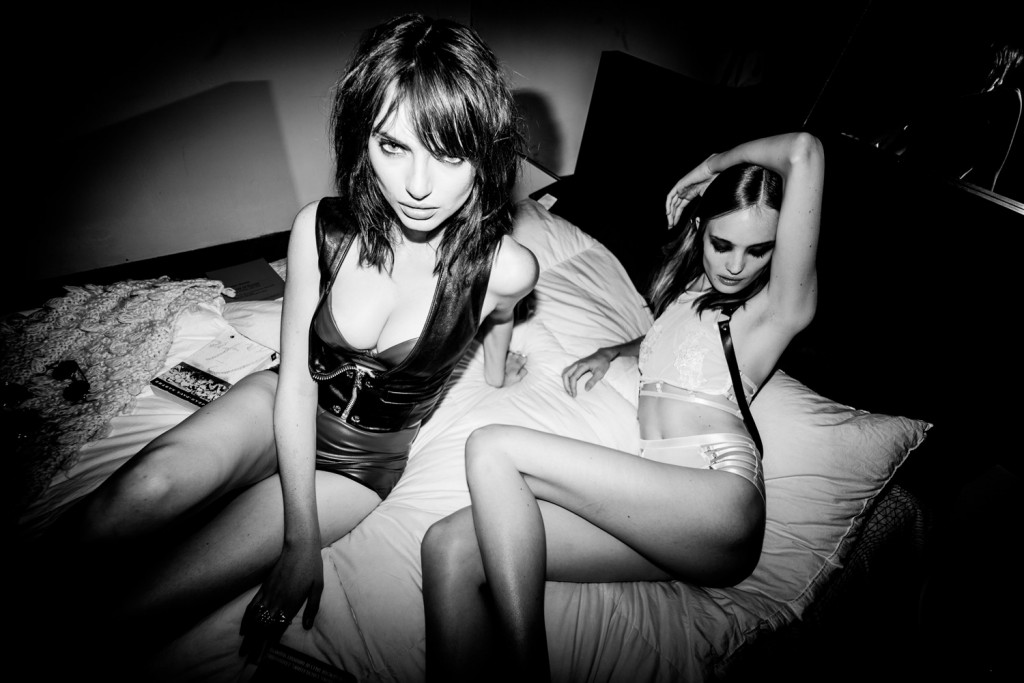
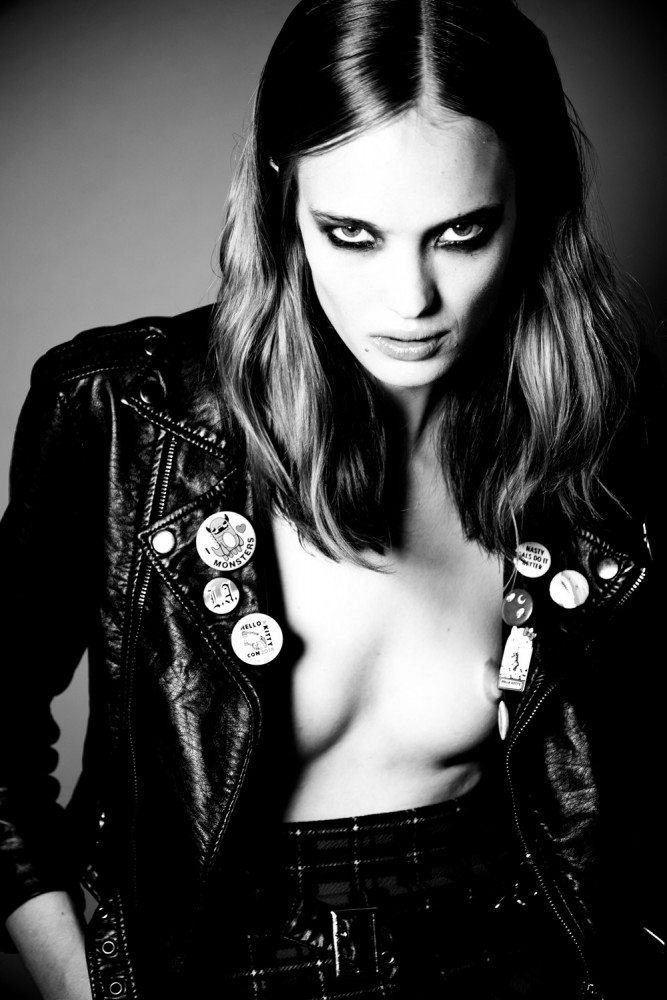
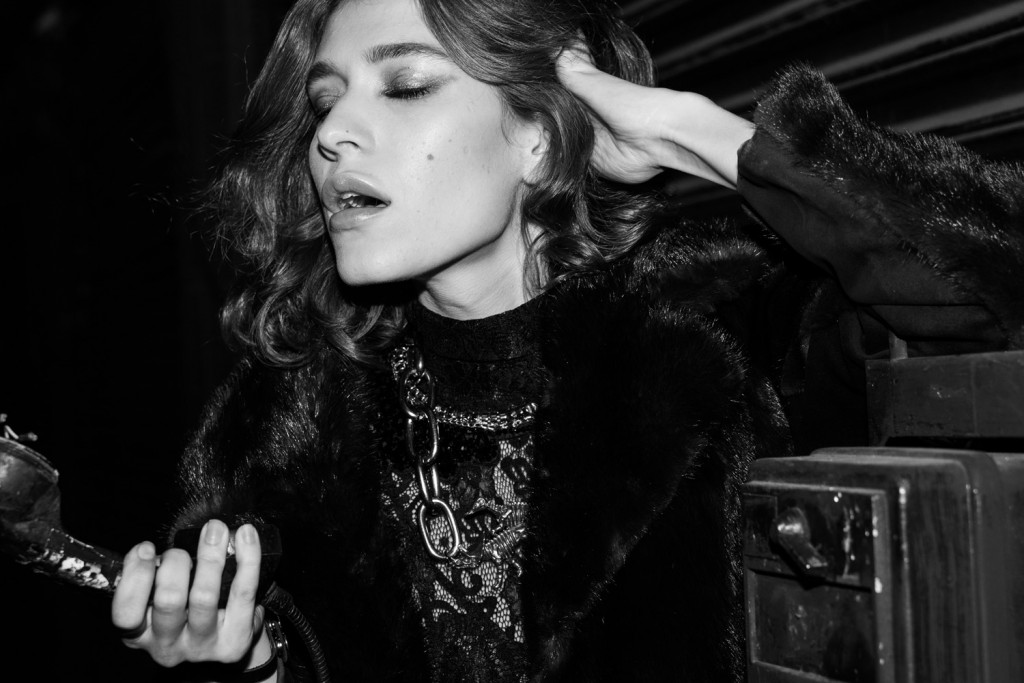
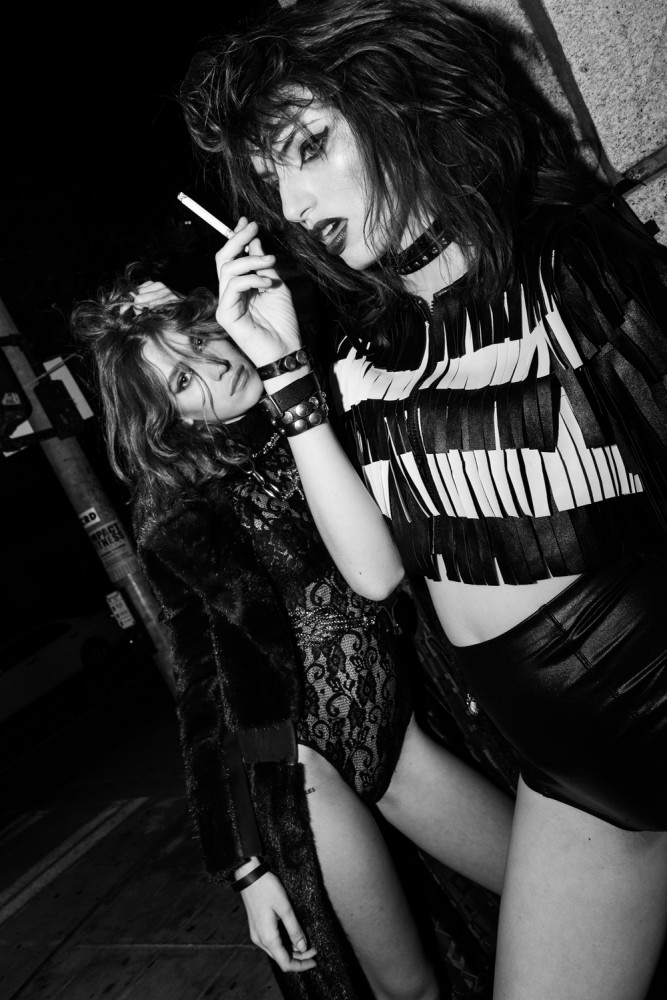
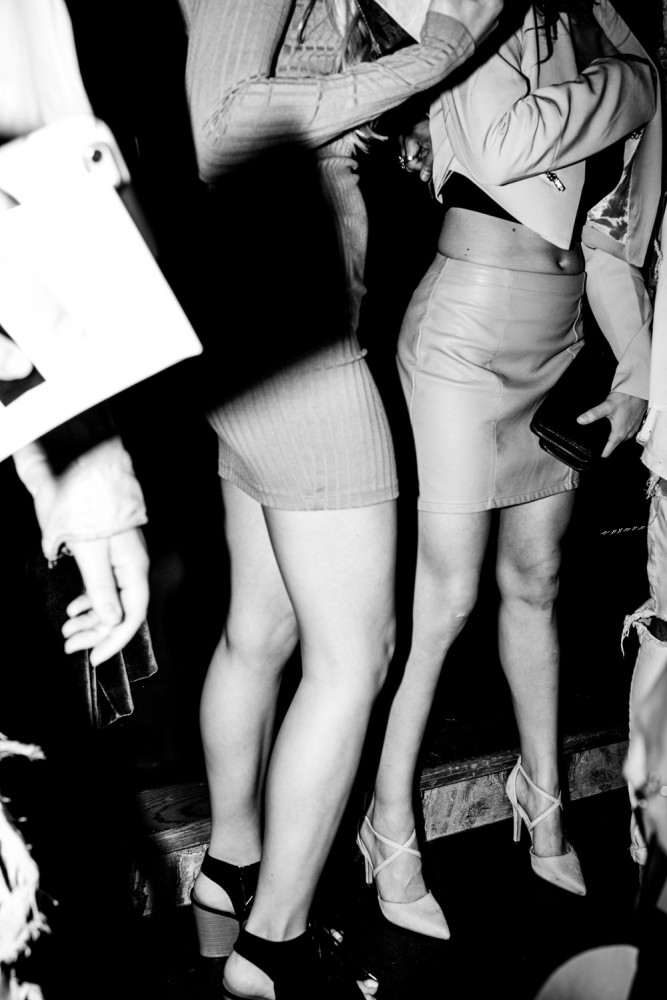
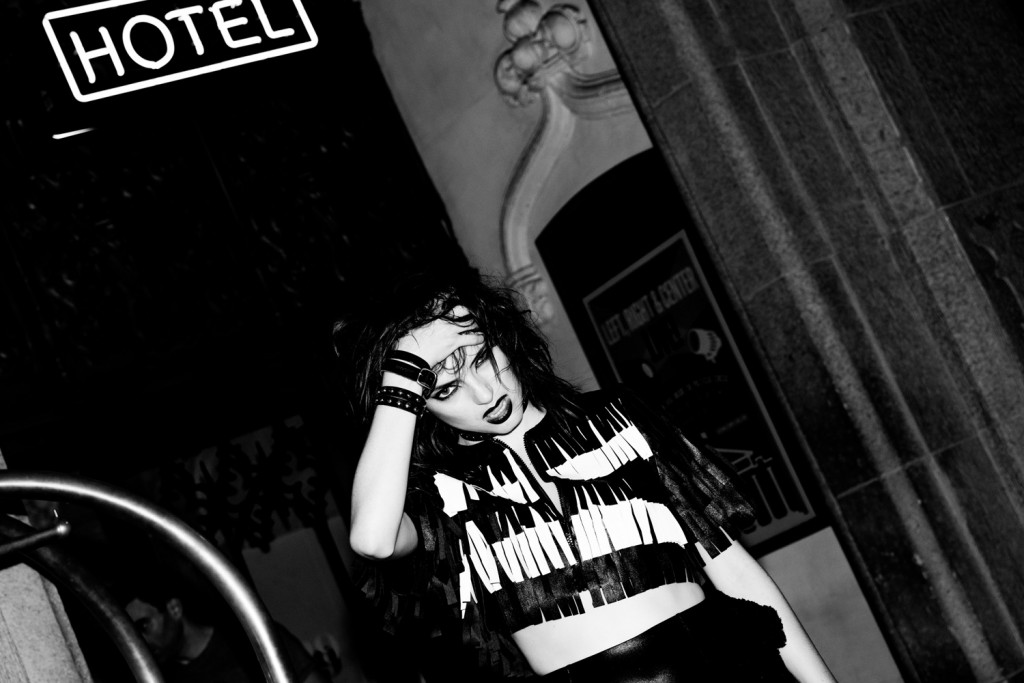
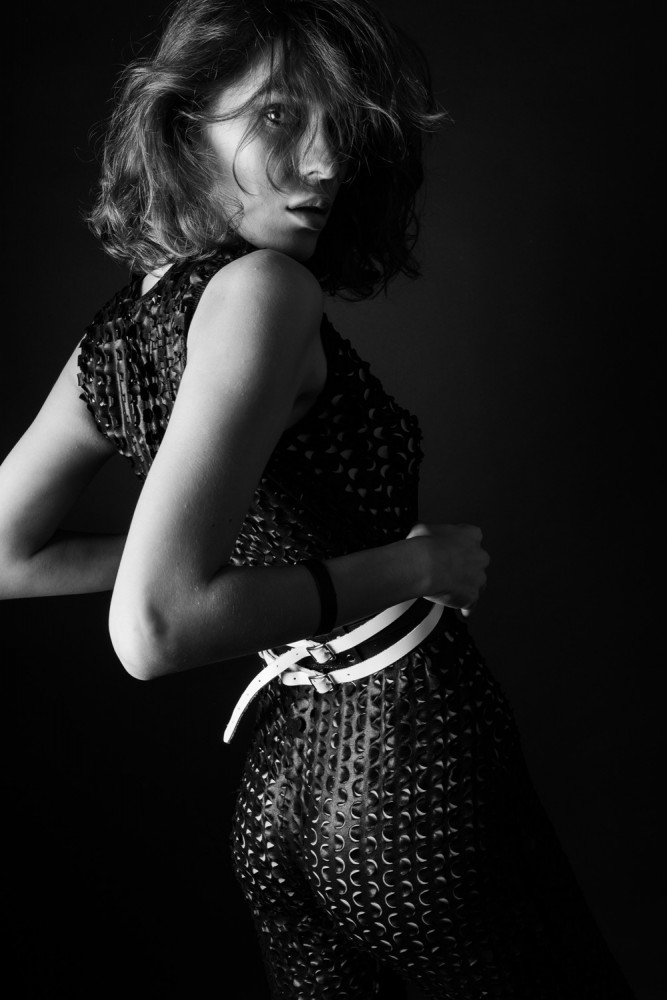
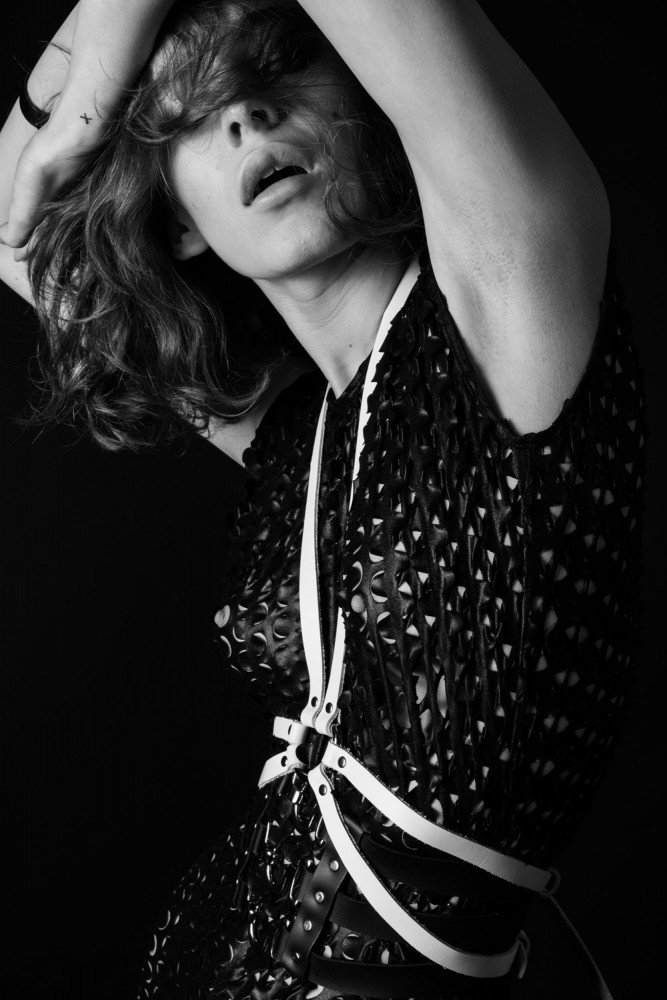
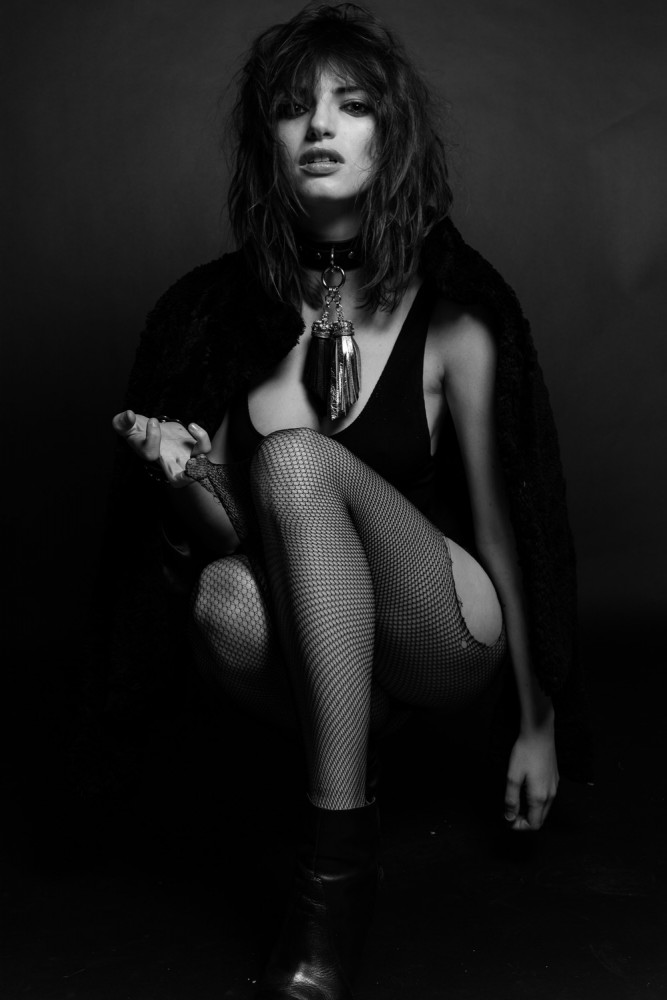
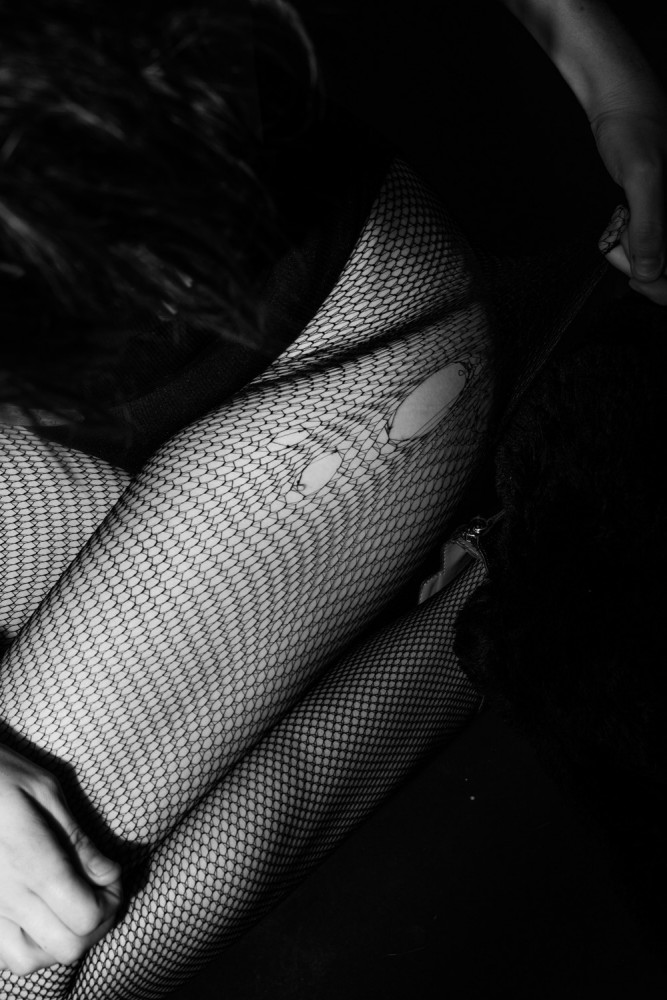
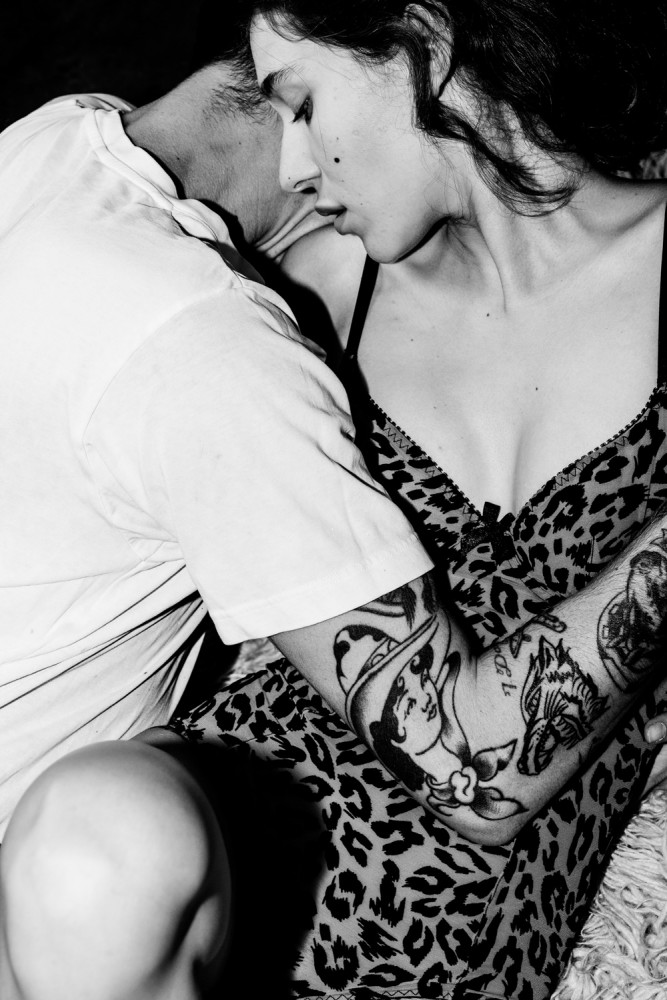
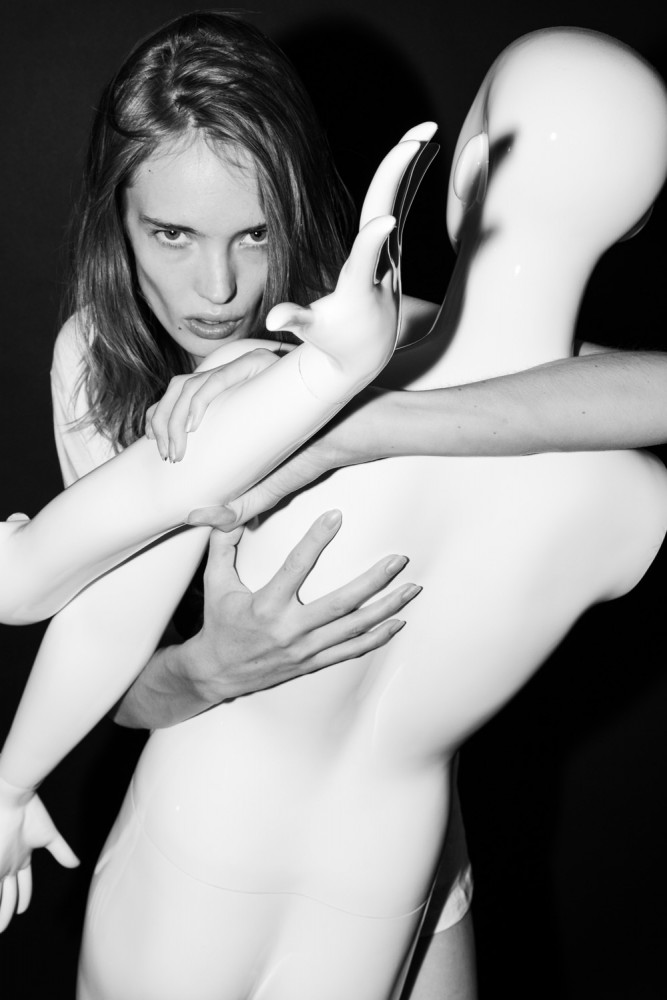
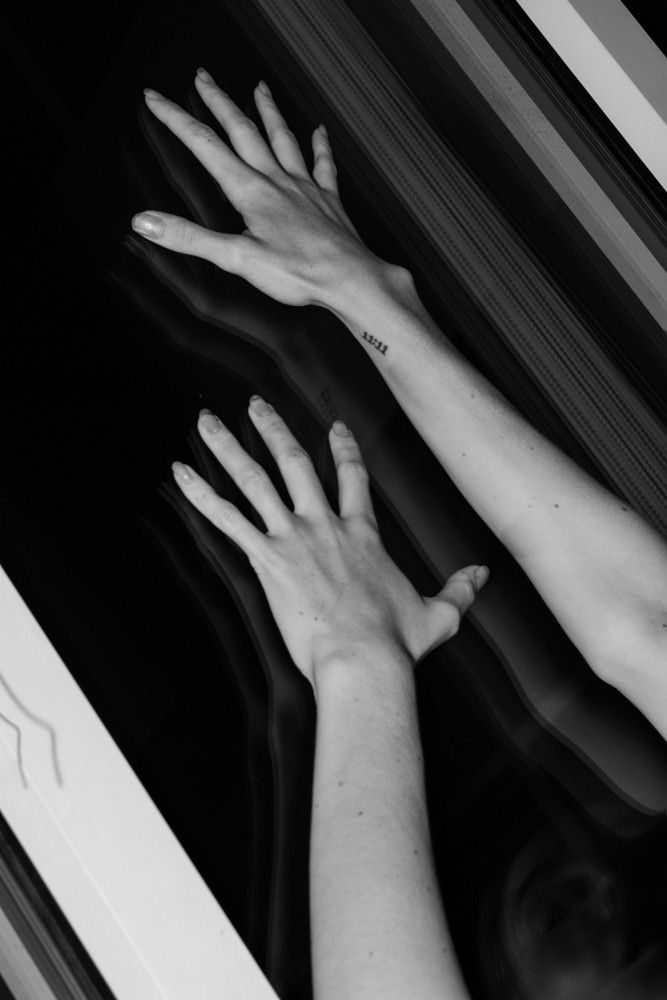
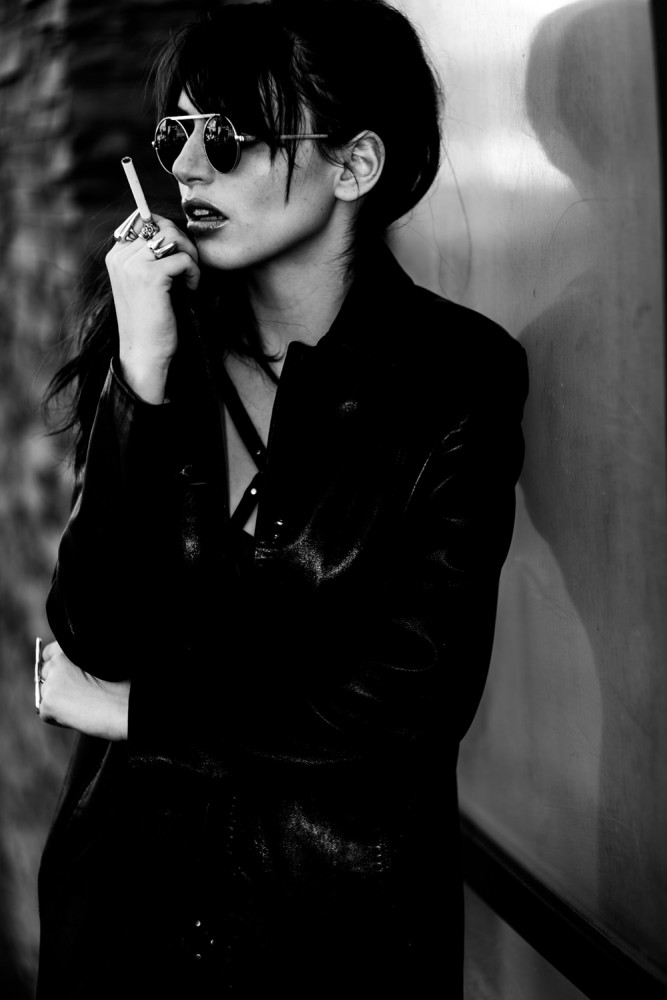
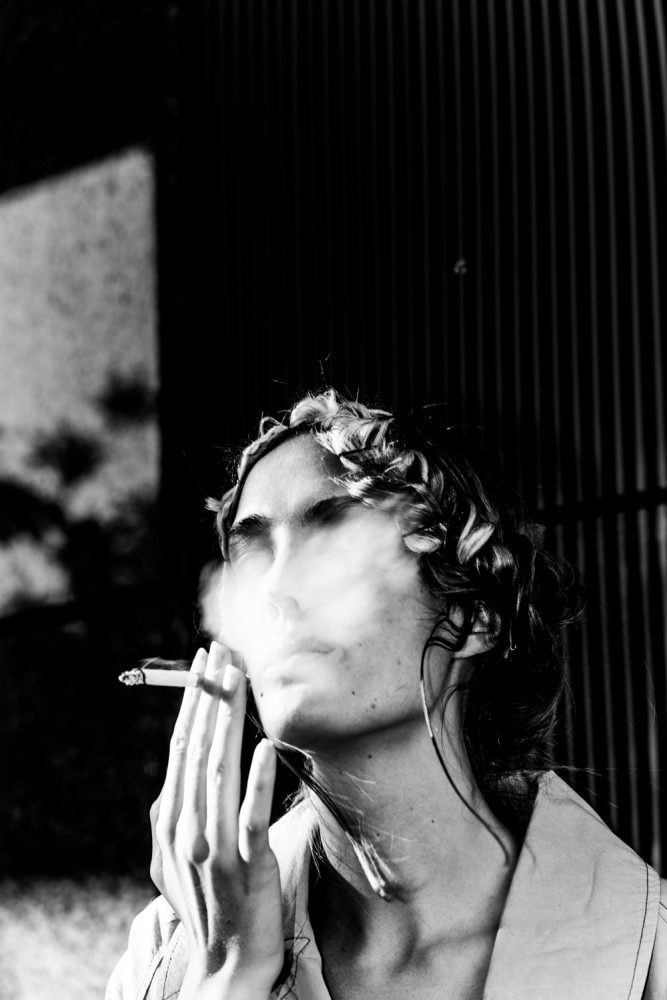















INTERVIEW
Bil Brown
CONCEPT and PHOTOGRAPHY Bil Brown STYLING Shaina Feldman MAKEUP Mynxii White HAIR Elaina Karras STYLING ASSISTANT J. Alexander MODELS Stevie DeFelice, Zarina Nares, Ema McKie @ Vision Los Angeles CAMERA Leica SL with Vario-Summarit-SL 24-90mm f/2,8-4 Asph., Tri-Elmar-M 16-18-21mm f/4 Asph., Summicron-M 35mm f/2 Apsh. and Vario-Elmar-R 75-200mm f/4.5
Weimar Los Angeles is a story about wild nights in today’s Los Angeles, corresponding in its own way to the blossoming, colorful and decadent lifestyle of Berlin in the twenties and early thirties. An exciting, black and white fashion editorial by American photographer, Bil Brown.
S Magazine: You called your series for the S Magazine, Weimar Los Angeles. Where do you see the connection between the Weimar of the thirties and today’s Los Angeles?
Bil Brown: To me, Berlin in the twenties and early thirties was a center point of aesthetic culture and freedoms! Those were assaulted by the realities of global politics: economic uncertainty for some people, while others became rich. The advances of liberalism happened on one end, on the other the rise of a darker neo-conservatism that manipulated the masses with fear of the other.
I think Los Angeles is dealing with a similar time. Culturally it is in many ways the center of US culture, which in turn is a global phenomenon. All of the freedoms we deal with are reflected in our artists, both popular and underground, the underbelly as well as the reality. At the time this editorial was shot, the US was in the midsts of a brutal election cycle that pitted American against American in a great cultural divide. Young people as reflected in their social and aesthetic choices were pitted against a dichotomous mass change toward a right wing takeover of their culture. A fear set in while freedoms and experimentation in sexuality, culture and music were at an all time high. Ripe for a political and cultural stamp down. Who knows what's next!
I think it is the role of any artist, fashion or otherwise, that has an ear to the cultural heartbeat, to reflect and, when they can, document the peripheries of their current times. When we can, we also relate it to the warning of history. That's what this editorial in a series of work I am doing attempts. Only history will decide if I have succeeded.
You are the publisher of Grey Magazine and a photographer at the same time: you’re sitting at both ends of the table, so to speak. As a publisher and photographer, what do you think has to be kept in mind when shooting fashion?
You have to be you. There are no real rules, but we are sort of bound to a rule of thumb to get things published in these fashion magazines. You asked me to shoot in a fashion style preserving the particular way I photograph people, mainly women. You see certain things can be done for the fashion image – which is mostly geared toward women, but I’d say 90% shot by men. Juergen Teller in an old NYMag article complained that, “Most fashion photography is so retouched, so airbrushed, without any human response at all, and, well, you don’t really want to fuck a doll.” I took that to mean that the sexual aspect of the female fashion image was being left out. Because of Teller and Richardson and others, this is not so much the case anymore, but there are still some glaring rules of thumb that get messy. You can’t be too fetish-like in your imagery, but then fashion itself is a sort of fetish, isn’t it. You have to want it, and covet it and people get caught up in it. The shoes, the dresses, the cut of a blouse. Everything! You have to notice these things as you would get caught up too. This male and female gaze, as it were. Now it’s even more genderless, but maybe not. Just confused.
And on a technical level?
On a technical level you try to keep to the basics of the fashion image, then move from there. Find a balance between the straight on shots and framing that you see in traditional fashion portraits and then shake it up around them. The typical fashion editorial is 7-10 pages, or less. You have to follow a flow of some sort to make this a story, try to have one in your head. This is the strength of the fashion image. At the end of the day, it's not just a portrait of a girl or guy: the model is there to give you something and also tell a story by means of what they are wearing or not wearing. Keats coined the phrase, "negative capability". You may hate the styling of the clothes or find the model more interesting, but it's not just that one photo, typically it’s about how a series of photos interact. The best photographers, and this includes fashion and street, reportage, or documentary, know their story or what they are trying to convey – even if it is spur of the moment and not planned with a mood board or other. I tend not to work with a strict mood board anymore, only references. Someone said to me once that photography may be one of the easiest arts to get into, but it is the most difficult in which to find a voice of your own.
Street photography is also one of your passions. Once again, how do you mix your street work with your fashion work?
I try not to make a particular distinction between street and any other form of photography. It’s all just photography really. However to answer the question, I’ll typically shoot the streets with film and maybe one small digital camera, or on a mobile phone with a light meter app to double check exposure, or in case I just don't want to waste a 36 roll of 35mm on a shot of something I'm not entirely sure about. Recently I have been taking the SL out on the streets. Because it’s fast, I can really work a scene with the 28mm Summicron I would normally use on the M240. But I will also use a 75mm Summarit, or even my 90mm Summicron, on the SL, because it's EVF is just that good to really get the more shallow DOF and focus needed.
For the fashion work I will typically take a model on the street, almost every time. I will go for a walk and find scenes that the model can interact with or that will help define the story. A lot of my street photography walks are in a sense secret location scouting sessions, as I will take a model or fashion team to one of the same locations I shot when alone. I have scenes I’ve shot or seen in my head from photography walks that I still haven't shot with a model; or I haven't shot at all yet and have only thought about. It's a kind of never ending cycle back and forth. The only difference is that there’s more of an element of surprise in street photography, whereas the fashion work has to be planned and coordinated with a team or at least a model. Otherwise, I will shoot them in a very similar manner and very very fast, typically not opening the lenses up much further than f8; and I will use flash!
You have shot with a variety of cameras in your career, from the Leica M and film cameras, to the Leica S and SL systems. When you’re shooting fashion or your personal work, how do you know which tool to use? And when do you decide to use which tool?
Nobuyoshi Araki said, "If you want to change your photographs, you need to change cameras. Changing cameras means that your photographs will change. A really good camera has something I suppose you might describe as its own distinctive aura." I find this to be a quote I can assimilate into my own work quite a lot. I think a photographer can have many different types of capture devices.
I abandoned DSLRs a while back however, because I didn't really like the way the manufactures were making them have very, very flat files with no character. I think every photographer goes through a period of time when they’re looking past the camera everyone has, that may actually not be the best camera for the job at hand, and they want to find the tool that best suits them.
Right now, my go-to system is based around Leica M Summicron lenses and the older discontinued R lenses for zooms, that have a constant quality all the way through the focal lengths. Like for this shoot, I primarily used the Leica SL and M to L adapter and R to L adapter to get the shots I needed: I used my M240 as a back up for the full frame SL.
Both cameras have live view or an EVF to adjust focus on a minute scale; both sport focus peaking – but of course, the SL has the state of the art viewfinder. I typically use the SF20 or SF40 flashguns or Profit strobes to control the light and illumination of a scene or person, even in broad daylight.
Not only that, but the M and R glass on the SL is a highly precise shooting experience. Almost unforgiving in a way, so you have to know what you are shooting and how to get there.